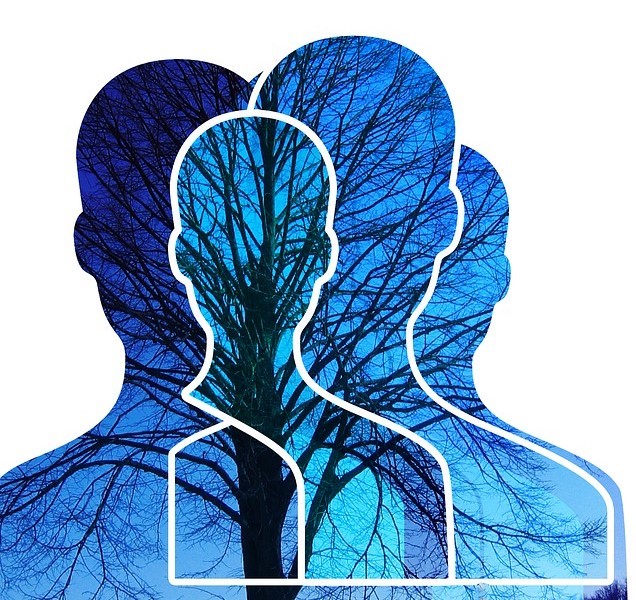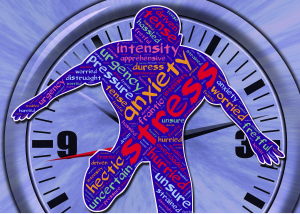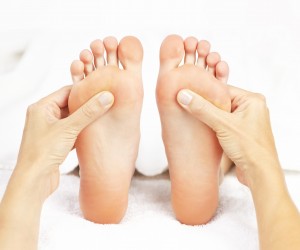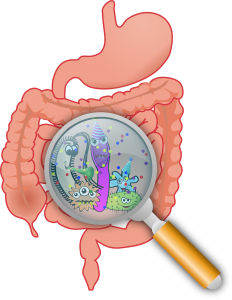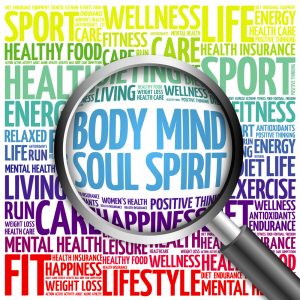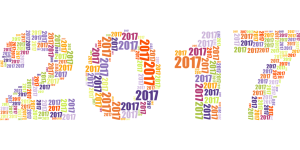Just when you thought there was nothing new to learn about the anatomy of the human body, a recent discovery has well and truly rocked the scientific community. Recent research* has proved that our brain is connected to our immune system via lymphatic vessels, a discovery which may have profound consequences for the study and treatment of neurological disorders from alzheimer’s disease and multiple sclerosis to migraines and depression.
The lymphatic system is part of your immune system and provides a superfast highway for transporting your infection fighting cells as well as playing a vital role as a waste disposal system and maintaining the fluid balance in your body. This complex drainage system has been found in nearly every part of the human body but not, until now, in the brain.
“No one knew there were those ‘pipes’ in there that could take out the brain’s trash,” says Jonathan Kipnis, director of the university’s Centre for Brain Immunology and Glia and the study’s senior author. The discovery of vessels, nestled just beneath the skull in the meninges – the membrane that covers the brain – overturns decades of textbook teaching. As to why the discovery took this long, Kipnis explains that it could have come only in the past 10 years because of advances in microscoping technology.
When the body is fighting a foreign invader, such as a virus, the lymphatic system carries immune cells to the site of the infection. It was assumed that this didn’t occur in the brain given its lack of lymphatic network. Up until now, it was thought that the brain was too vulnerable to be part of the normal immune response and that the central nervous system existed separately from the peripheral immune system.
We already knew that keeping our lymphatic system free flowing and healthy was important and we know that this can be positively influenced by diet, exercise and wellbeing therapies. It has to be said though that this new information ‘ups the ante’ somewhat! During the Head Massage sessions I give, I look at the techniques I use in the context of this new research. An Indian Head Massage incorporates a mix of soothing and invigorating techniques which result in reduced stress and tension in the back, shoulders and neck together with improved circulation and lymph function. In the light of this new research, it seems that IHM may also have a role to play in establishing and maintaining healthy communication and connection pathways between the brain and the immune system by assisting the efficient drainage of toxins and excess fluid via the lymphatic vessels in and around the brain.
*The study was carried out by researchers from The University of Virginia and was funded by Fondation pour la Recherche Médicale and by The National Institutes of Health. The study was published in the peer-reviewed scientific journal Nature in 2015

